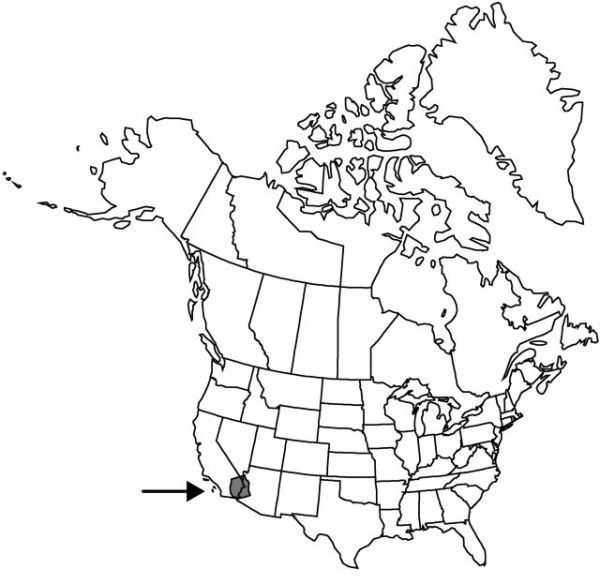Hesperocallis undulata
Proc. Amer. Acad. Arts 7: 391. 1867.
Plants 3–18 dm; bulbs ovoid, 4–6 cm. Leaves basal; blade 2–5 dm × 8–15 mm. Racemes 4–18-flowered, 1–3 dm; bracts 1–1.5 cm. Flowers: perianth-tube 1.5–2 cm; limb lobes 3–4 cm × 6–10 mm; filaments 2–2.5 cm; anthers golden, 7 mm; pedicel 1 cm. Capsules 12–16 mm. Seeds 5 mm. 2n = 48.
Phenology: Flowering late Feb–May, following infrequent rains.
Habitat: Dry, sandy flats to rocky hills of creosote bush scrub in Mojave and Sonoran deserts
Elevation: 300–800 m
Distribution

Ariz., Calif., Nev.
Discussion
The large, snowy white flowers of Hesperocallis undulata make it one of the showiest desert species, with consequent horticultural use. Native Americans used the bulbs for food (D. E. Moerman 1986), and the early Spanish colonists called the bulbs ajo, due to the garlic flavor.
Selected References
None.
Lower Taxa
"dm" is not declared as a valid unit of measurement for this property."dm" is not declared as a valid unit of measurement for this property."thicker" is not a number.
